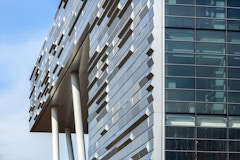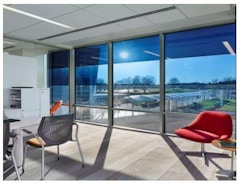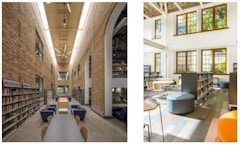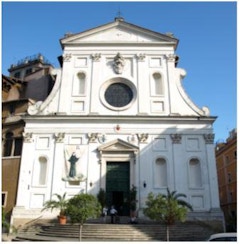
Slipping through the Cracks
We construct building enclosures to keep the elements out, but sometimes air and water infiltrate the building envelope, causing several problems for

We construct building enclosures to keep the elements out, but sometimes air and water infiltrate the building envelope, causing several problems for

Building envelopes cover a considerable part of the urban exterior surfaces, and to therefore have a significant leverage effect on the climate

In the vein of mass production, manufacturers leverage repeatable parts and modular construction in an effort to maximize quality control while

Due to material and technological advancement during the last century, transparency has become a prominent trend in contemporary architecture.


Access to natural daylight and connection to the outdoor environment is one of the key elements of contemporary architecture. This design concept is

Daylighting & Solar Glare control, which affect both the energy consumption of the building as well as the comfort of the occupants, become

With the desire for more sustainable construction and reduced embodied energy, mass timber is being explored for building structures. For medium and


Facade failure due to seismic event represents a potential hazard to people and can cause serious damages to buildings with consequent high-cost
As we change the rules of thermal performance for facades, we are changing the conditions the glass is subject to in shadow boxes and glazed spandrel


In 1888 the art historian Heinrich Wölfflin proposed the notion that the primary characteristic of baroque architecture is the illusion of movement.



Glass structural elements have become increasingly common to the point of ubiquity; however, there currently is no universally recognized and
